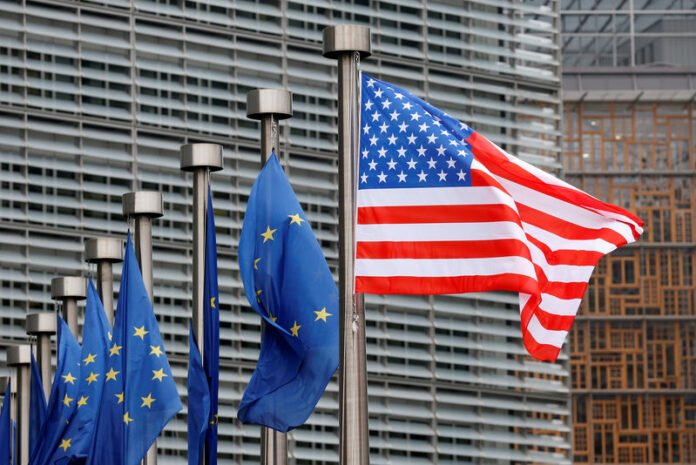Tesla Inc. (NASDAQ:TSLA) vehicle registrations in Europe slumped nearly 23% in June, according to data released by the European Automobile Manufacturers’ Association.
Tesla had 34,781 new car registrations last month, compared to 45,087 in June 2024, across the European Union, Iceland, Liechtenstein, Norway, Switzerland, and the U.K., according to the data. This resulted in the company’s market share decreasing to 2.8% from 3.4% in the corresponding month of 2024.
The firm has yet to report a single month of growth in the region in 2025.
TSLA stock traded 7% lower in the pre-market session on Thursday.
On Stocktwits, retail sentiment around Tesla fell from ‘bullish’ to ‘bearish’ territory over the past 24 hours, accompanied by a shift in message volume from ‘low’ to ‘high’ levels. According to Stocktwits data, message count around the stock jumped 289% over the past 24 hours.
TSLA’s Sentiment Meter and Message Volume as of 8:20 a.m. ET on July 24, 2025 | Source: StocktwitsDemand for battery electric vehicles (BEVs), however, is on the rise in Europe. BEV registrations were 14.5% higher last month than in June 2024. The jump was spurred by growth in Germany, Denmark, and the Netherlands.
Tesla’s registration slump comes amid heightened competition from Chinese automakers, increased political scrutiny of CEO Elon Musk, and an aging vehicle lineup.
The EV maker reported a year-over-year decline in revenue and earnings for the second quarter on Wednesday.
The company’s automotive segment revenue declined by 16% in the quarter to $16.66 billion, while total revenue of $22.50 billion exceeded analyst estimates despite being lower than in Q2 2024. Tesla reported deliveries of 384,122 units in Q2, marking a 13.5% year-over-year decline and the second consecutive quarter of declining deliveries.
The company’s quarterly adjusted earnings per share came in at $0.40, down from $0.52 a year ago.
Tesla CEO Elon Musk further warned of a “few rough quarters” ahead for the company.
However, on the bright side, the company stated that it is working on a cheaper model, with volume production planned for the second half of 2025, albeit at a slower pace than previously expected.







